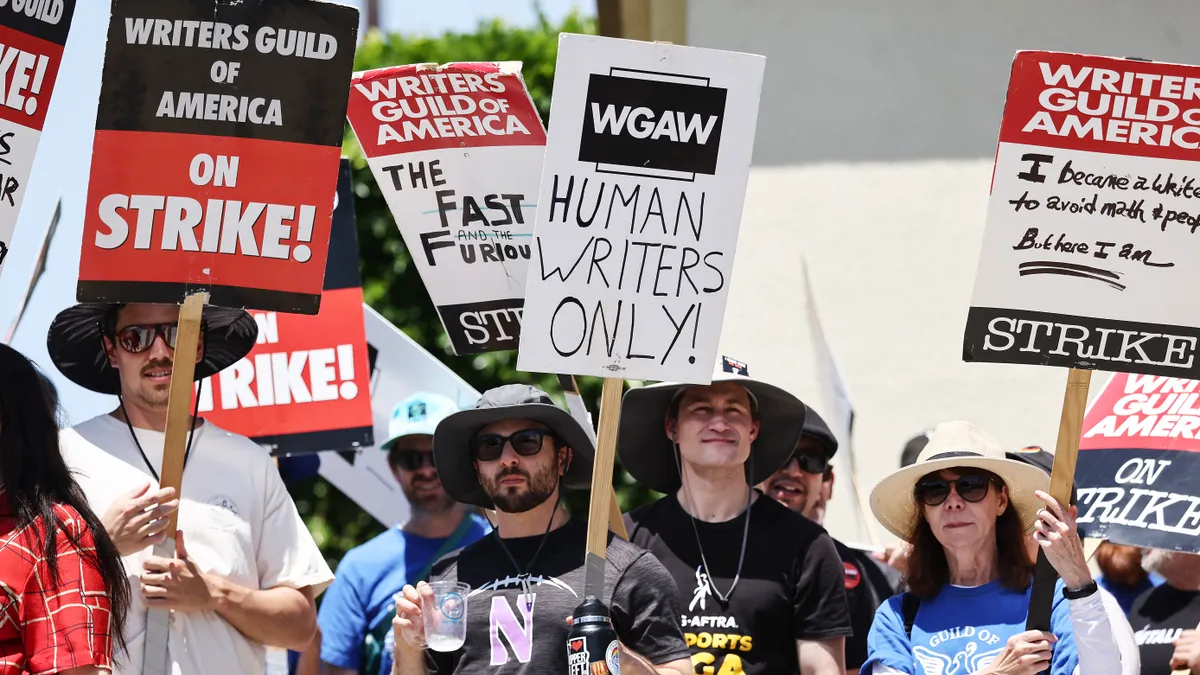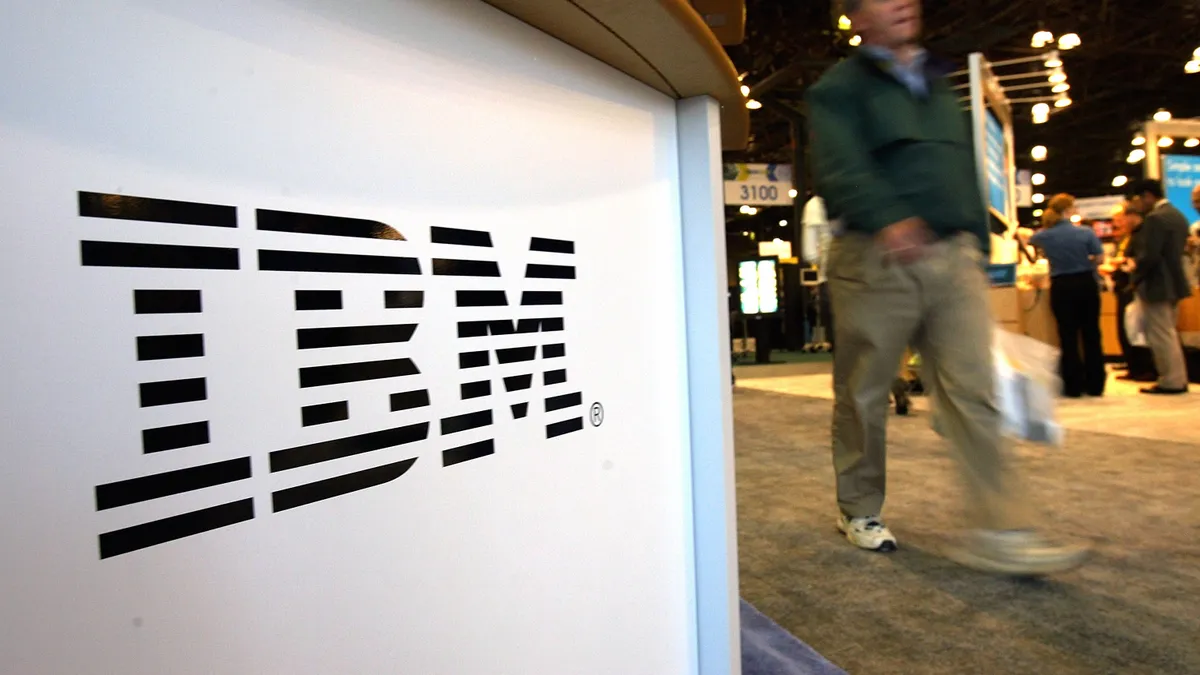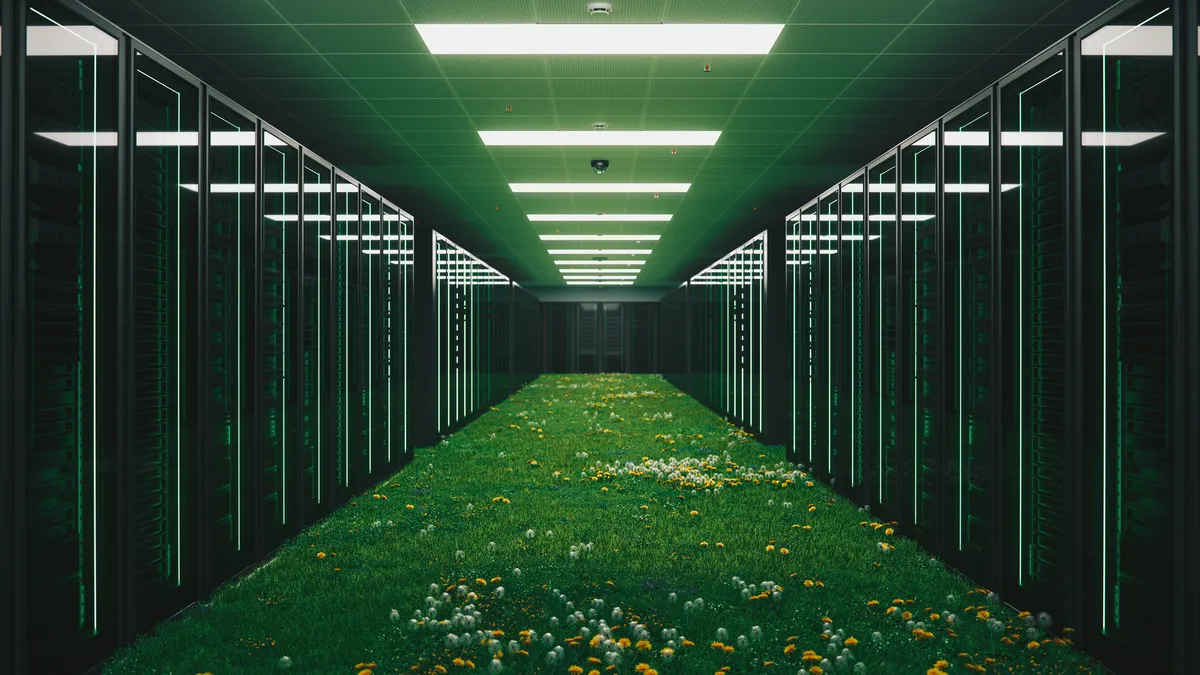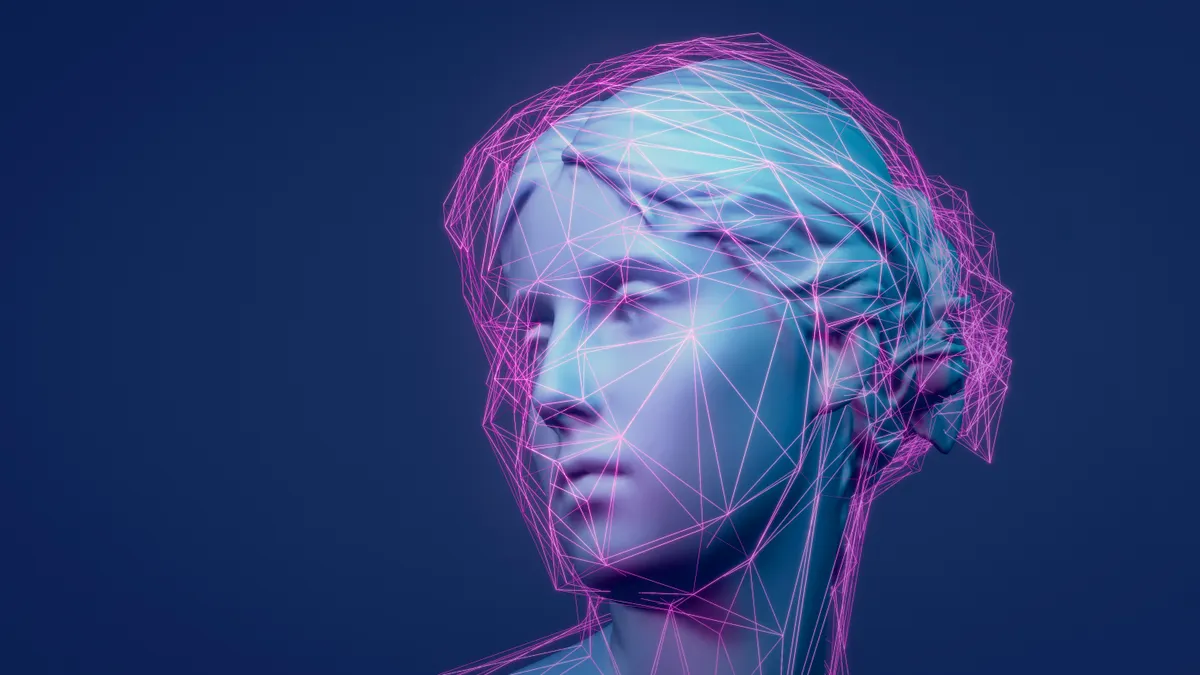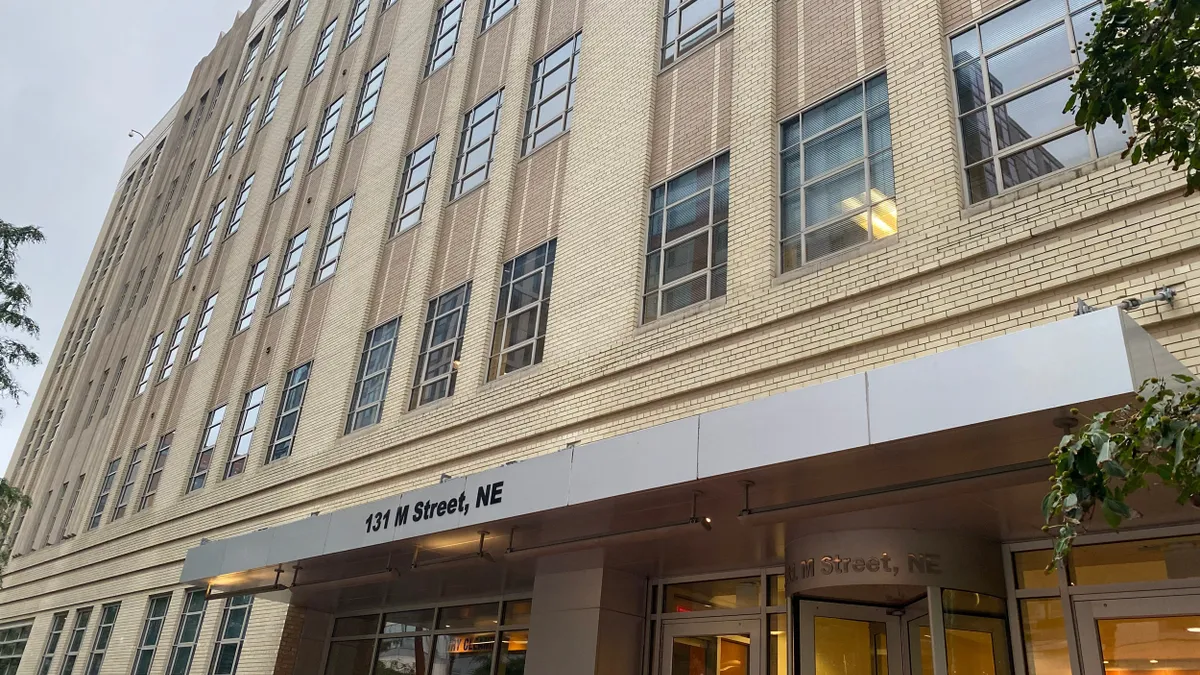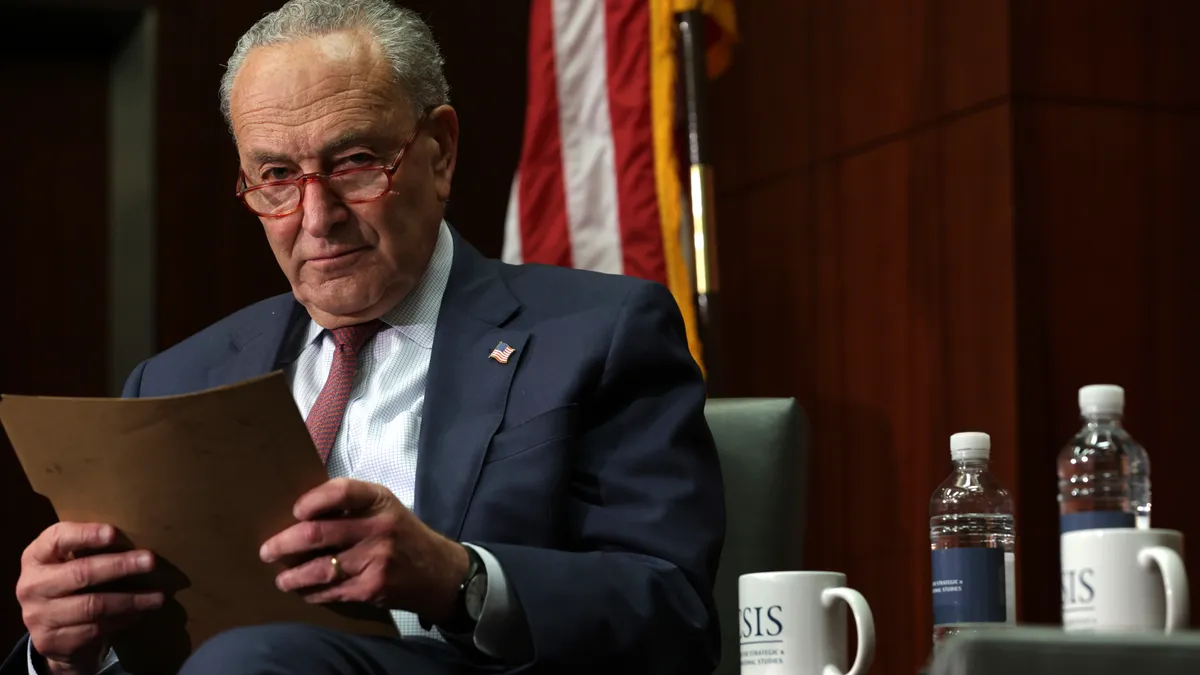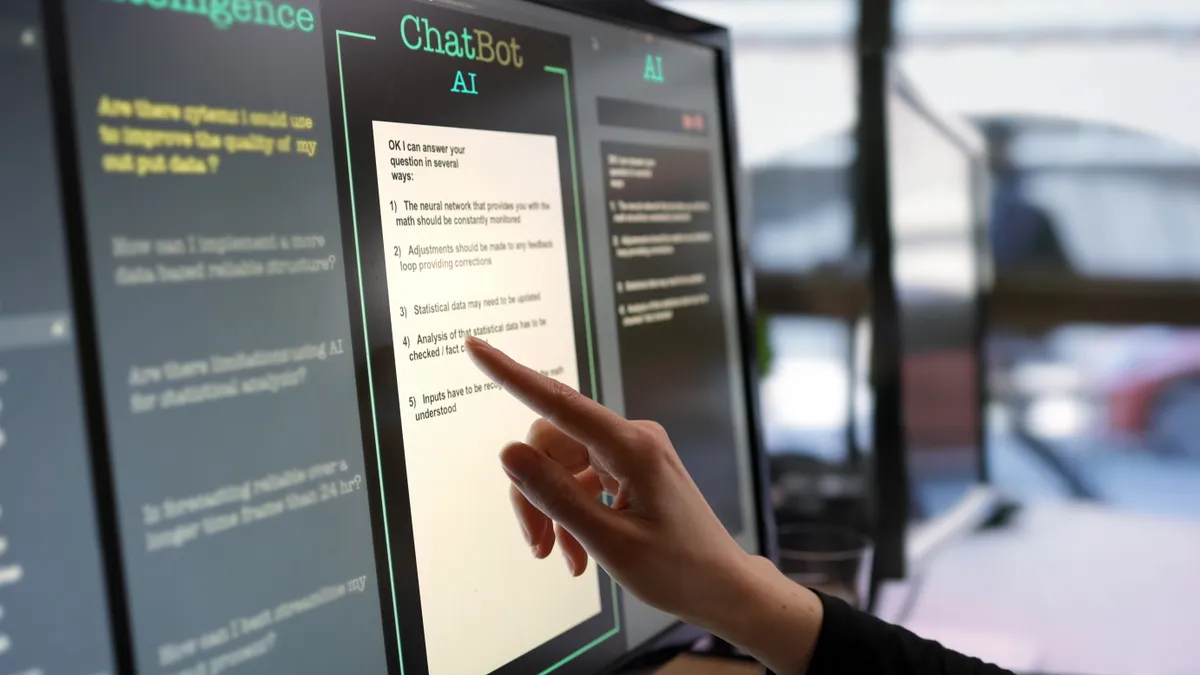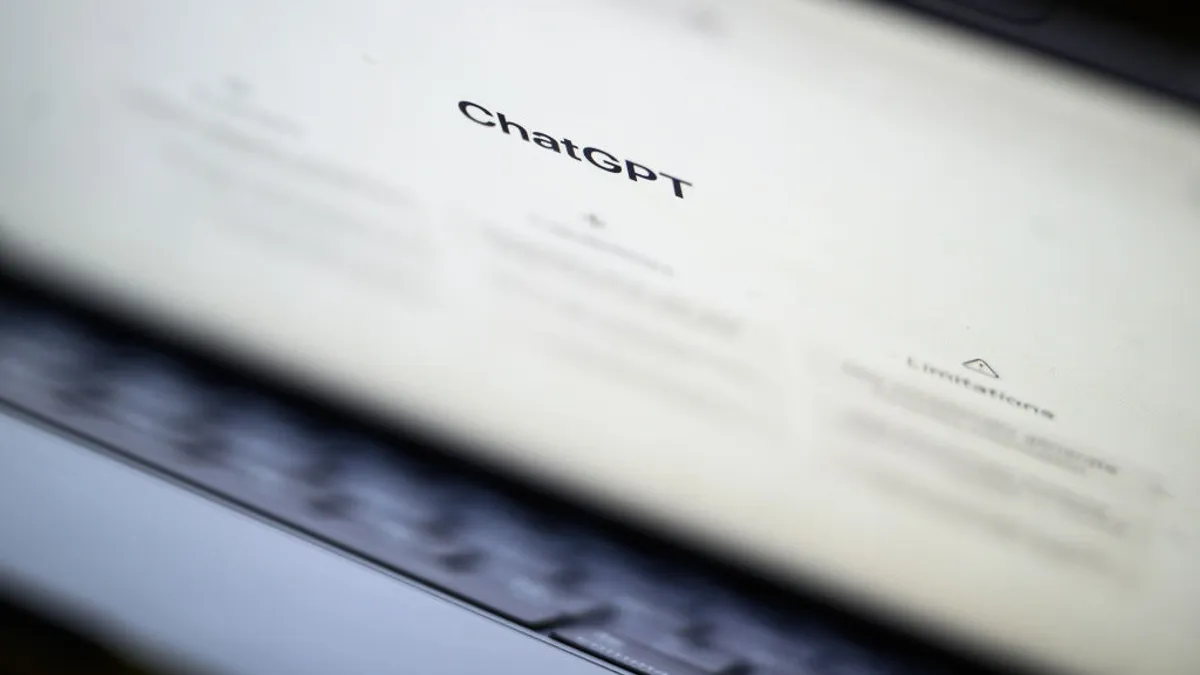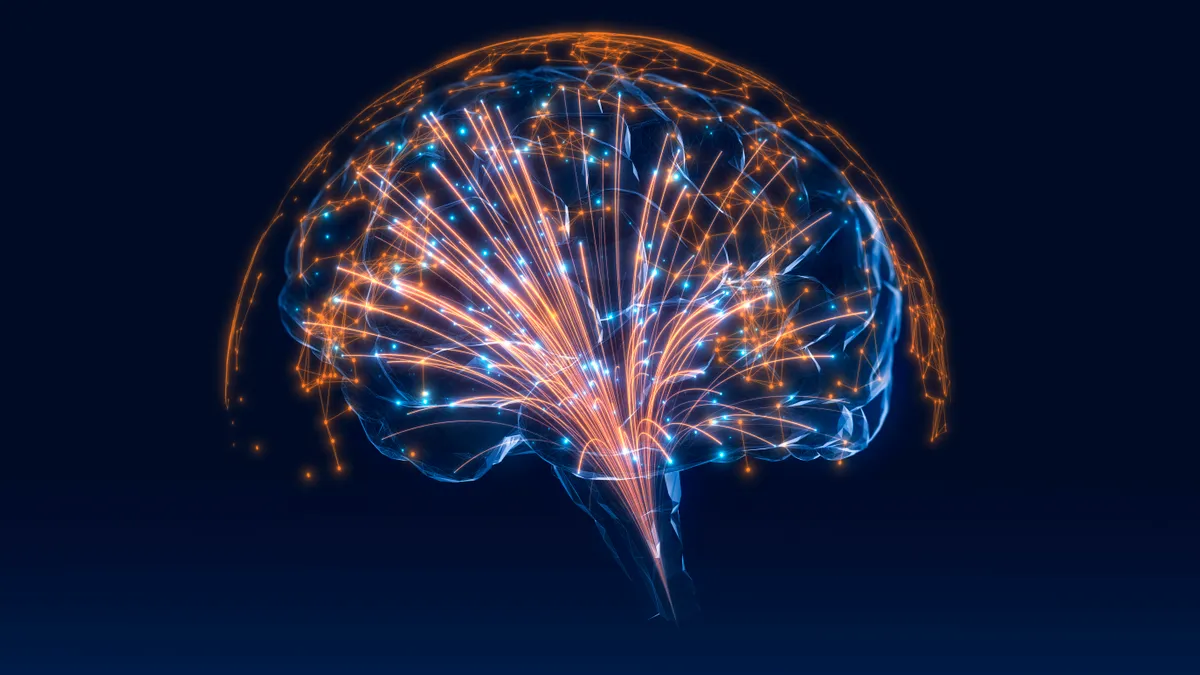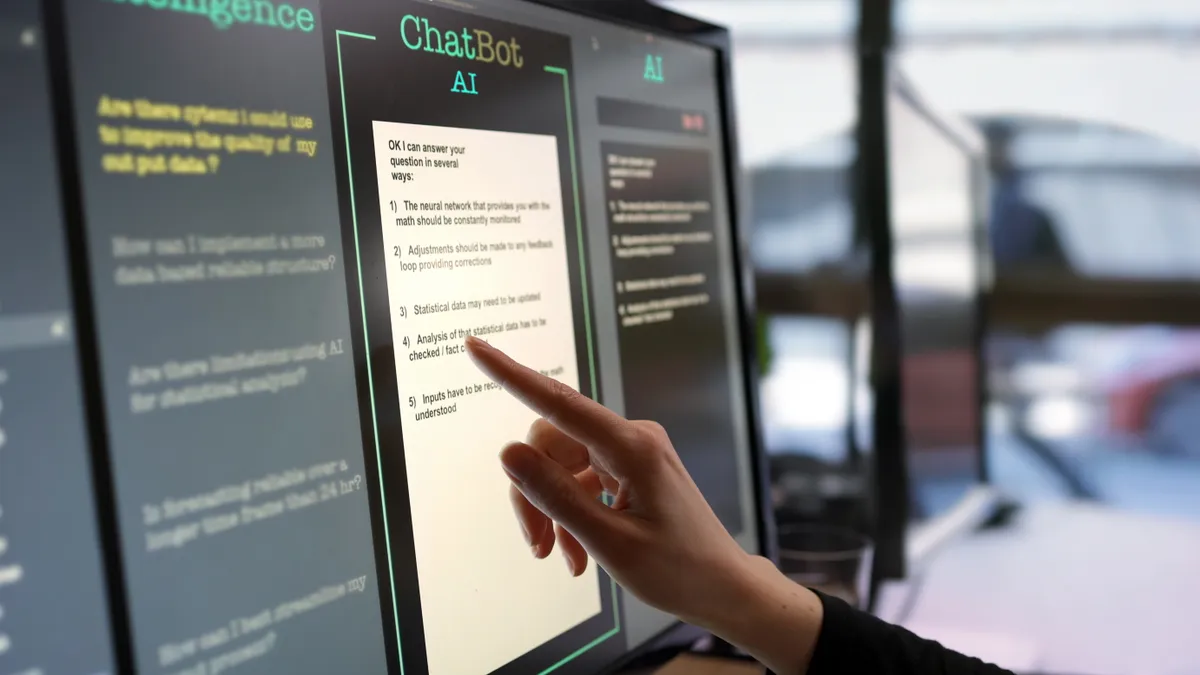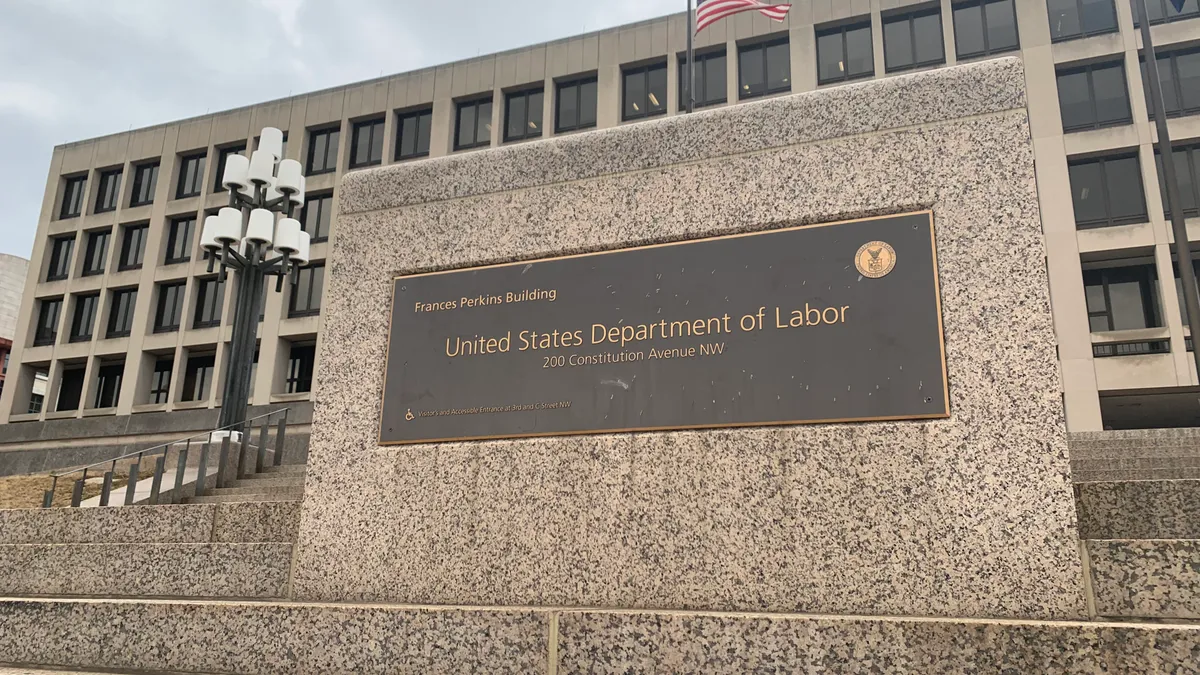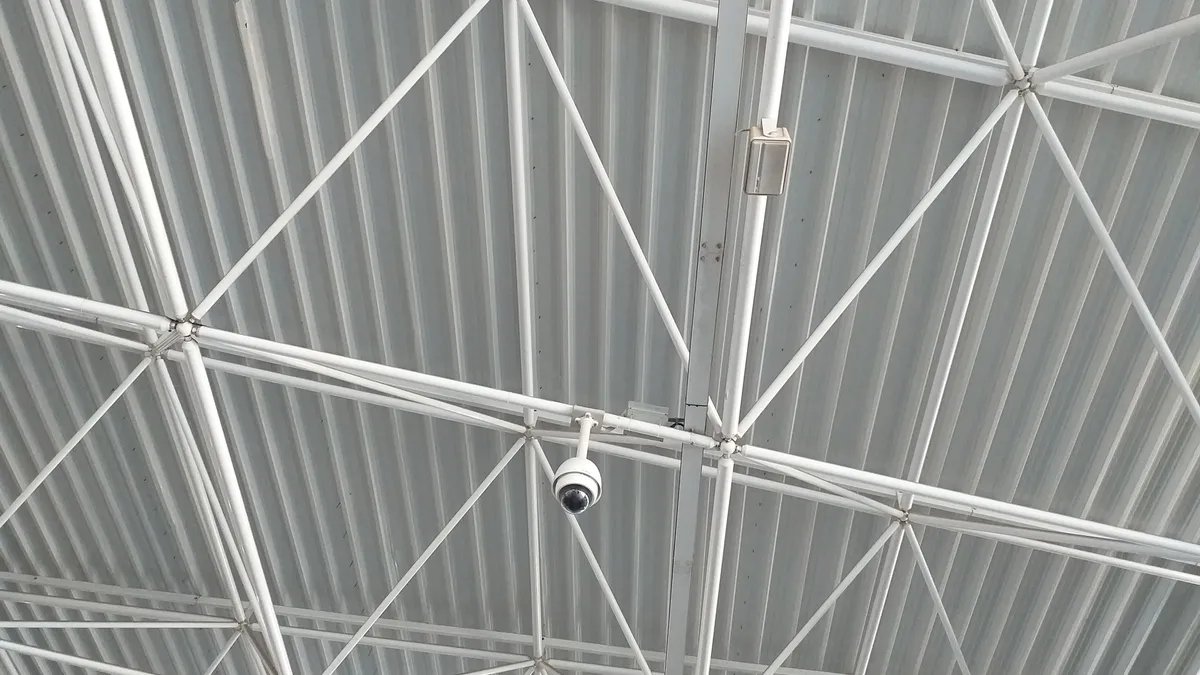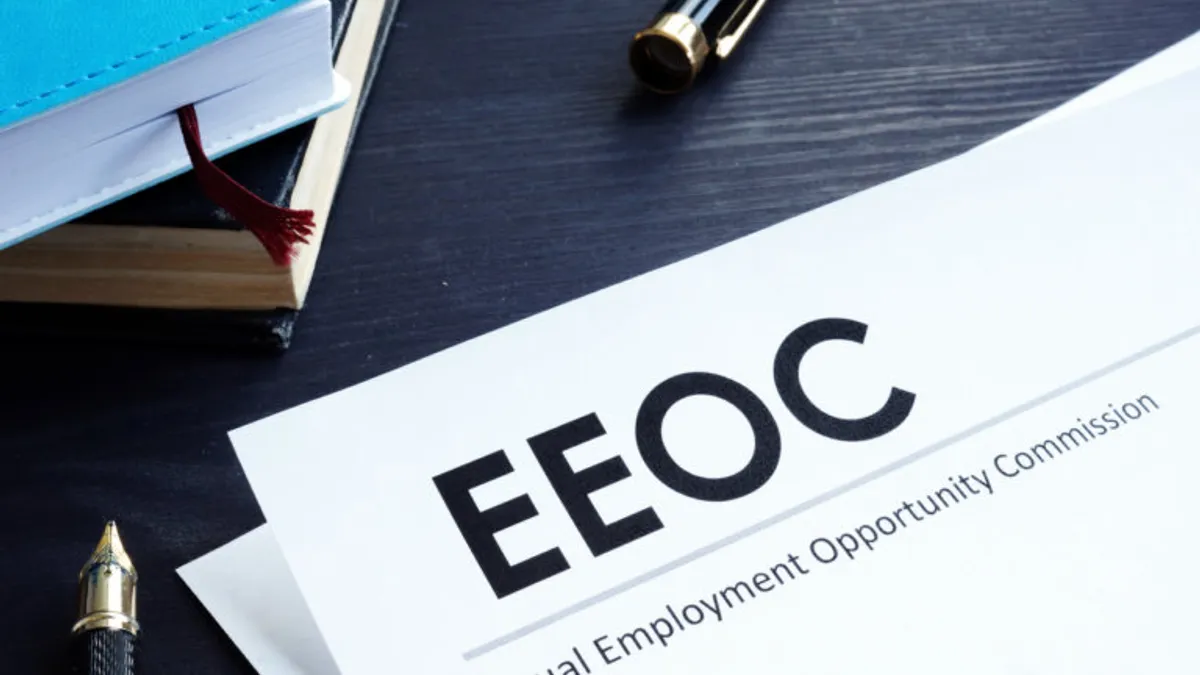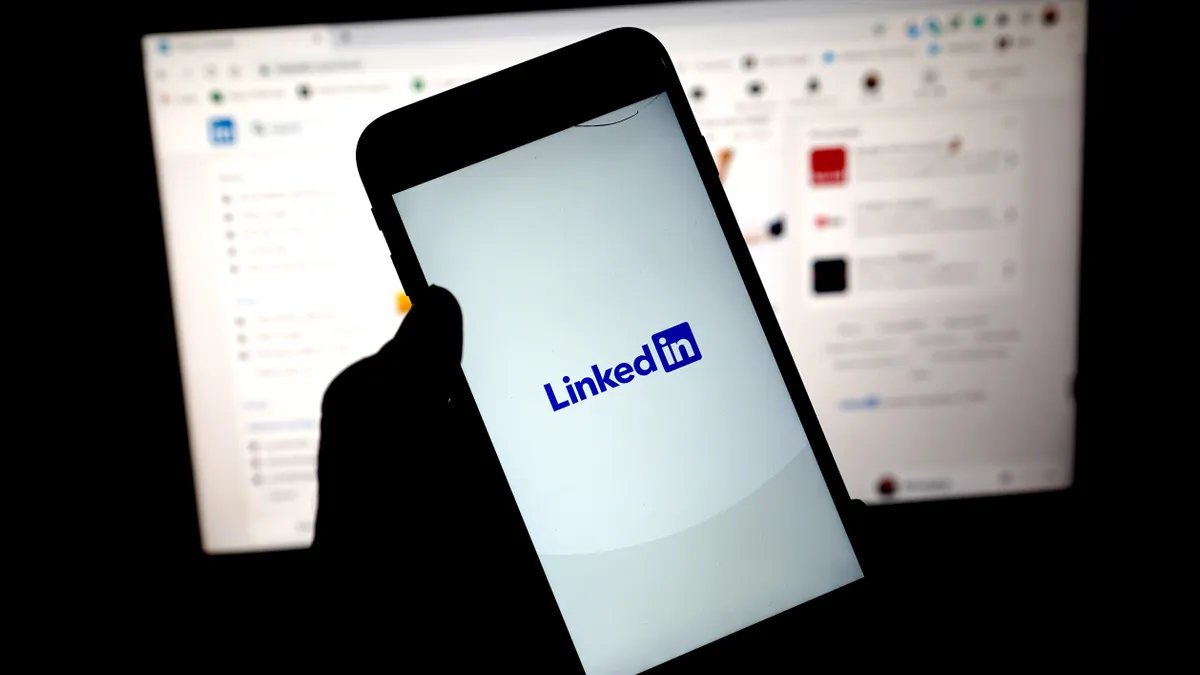In the decade ahead, CHROs and their colleagues will need to navigate several disruptions due to increasing adoption of generative AI in the workplace, according to a report from the Society for Human Resource Management and The Burning Glass Institute.
And those challenges will be most notable at companies in three industries, SHRM said: finance and insurance; professional services; and information systems.
These changes could come at a “a high human cost,” the report said, though such costs may be temporary. “If your company sits in a highly exposed industry or has functions composed of at-risk roles, generative AI will be especially disruptive,” the report authors wrote.
Because many roles will shift, reskilling will become increasingly important, especially as job roles and skill sets transform, according to the report. For instance, traditional customer service roles may pivot to focus on managing chatbots or overseeing automated processes. Data analysts may transition to become AI data specialists. In many of these cases, training may be necessary.
Additionally, “in light of the so-called digital divide in Americans’ access to technology, the potential exists for harmful effects to your organization’s inclusion, equity and diversity (IE&D) efforts,” they wrote; leaders will have to perform assessments to guide workforce planning.
Generative AI will also affect HR functions in a number of areas, according to the report:
Talent acquisition: In the short-term, recruiting AI talent will be difficult. In the long-term, though, leaders will face changing difficulty in filling various roles.
Labor force: Headcounts will shift away from tasks that have been automated and toward AI-augmented responsibilities.
Learning and development: Leaders will need to invest in reskilling existing talent to fill AI roles, as well as train workers in eliminated positions to assume other roles.
Compensation: Salaries will need to adjust to changes in the labor market, particularly the roles that incorporate AI-related skills.
Diversity, equity and inclusion implications: CHROs will need to ensure that displacement doesn’t disproportionately affect underrepresented groups and that new opportunities are accessible to a diverse pool of talent. Although it may feel tempting to use AI for HR practices such as sourcing new hires, generative AI tools may replicate existing biases and work against diversity, equity and inclusion goals.
“Despite the best efforts of savvy HR leaders, workforce reductions will become increasingly pressing as generative AI transforms the macroeconomic landscape,” the report authors wrote. “HR leaders must remember that layoffs are not the only downsizing option available; more subtle strategies, such as implementing hiring freezes and leveraging natural attrition, can be deployed to minimize disruption to employees.”
By 2032, generative AI will significantly change half of all jobs, according to research by Cognizant and Oxford Economics. As a result, 9% of the current U.S. workforce may be displaced, and 1% of those workers may struggle to find new employment.
Between 2010-2019, AI usage — through tools such as language processing, image recognition and algorithm-based recommendations — spurred some job growth, according to a report by the European Central Bank. However, the jury is still out on whether the same will happen with new AI-related developments, the researchers wrote.
According to an Indeed report, all jobs posted on the site, ranging from truck drivers to software engineers, have skills that can be augmented or replaced by AI. At the same time, only 1 in 5 is considered “highly exposed” to the technology, where AI could perform 80% or more of the skills listed in the job posting.
In particular, mid-career professionals and managers appear to be most at risk for AI disruption, according to another Indeed report. Roughly 1 in 8 mid-career professionals work in management, which also faces high exposure, where AI could perform 68% of the required skills listed in job postings.


